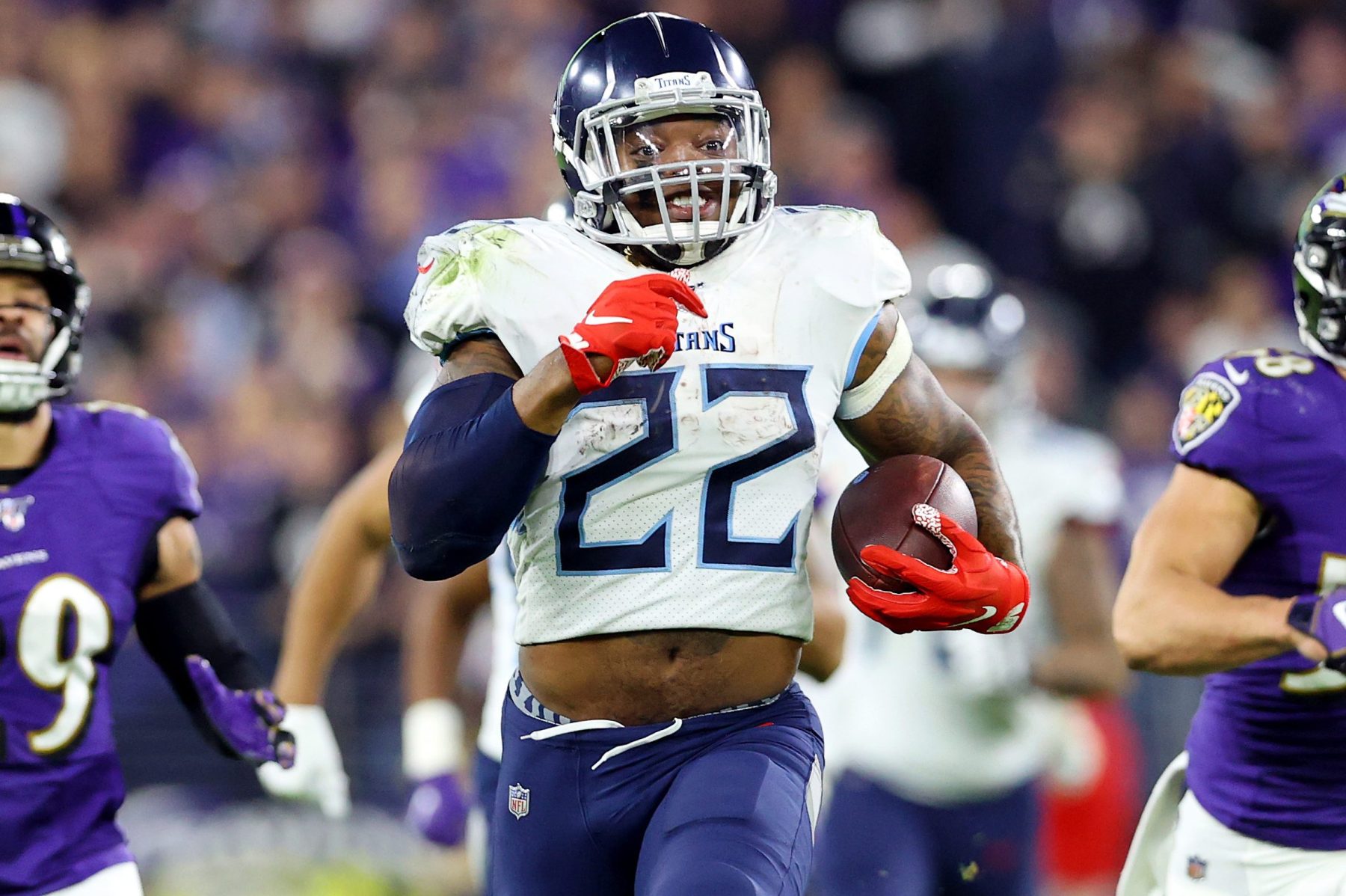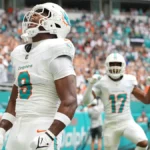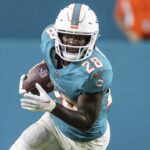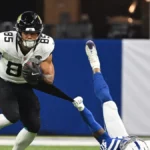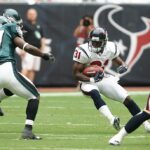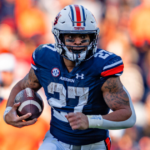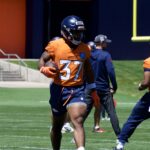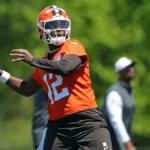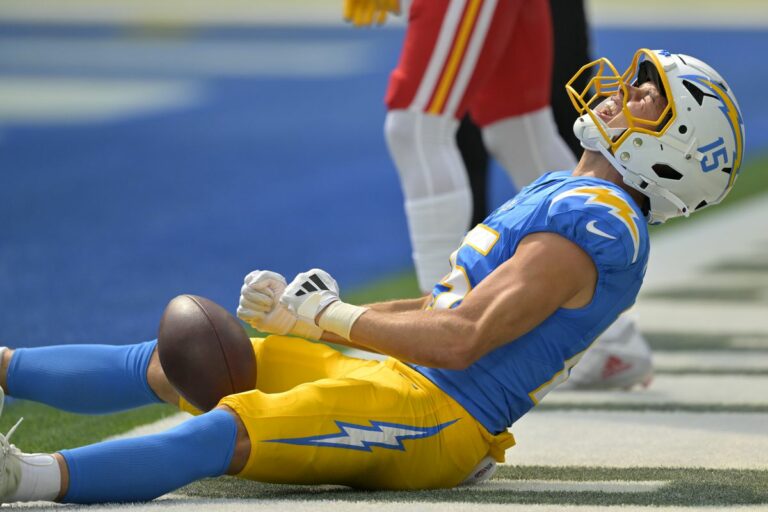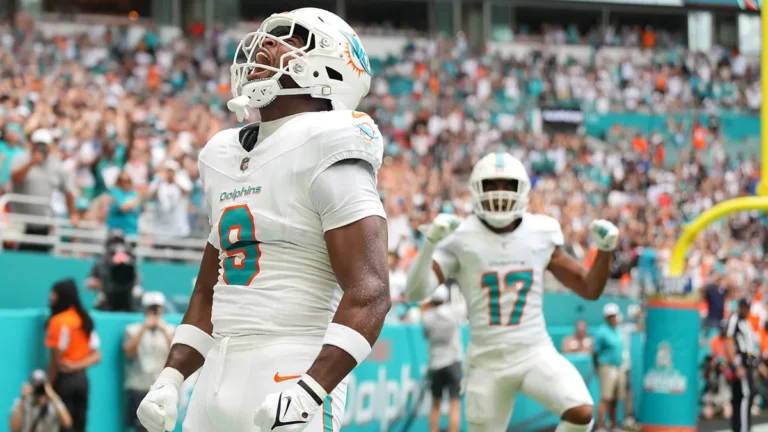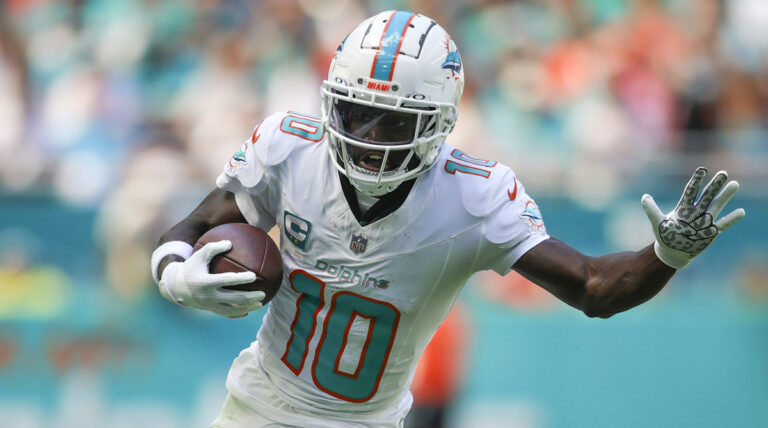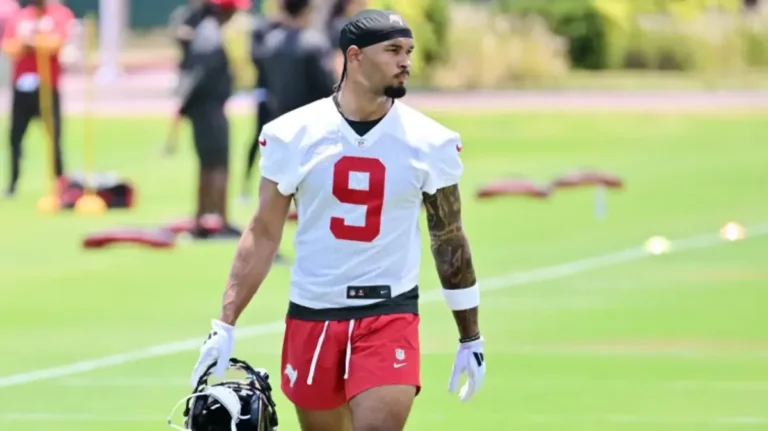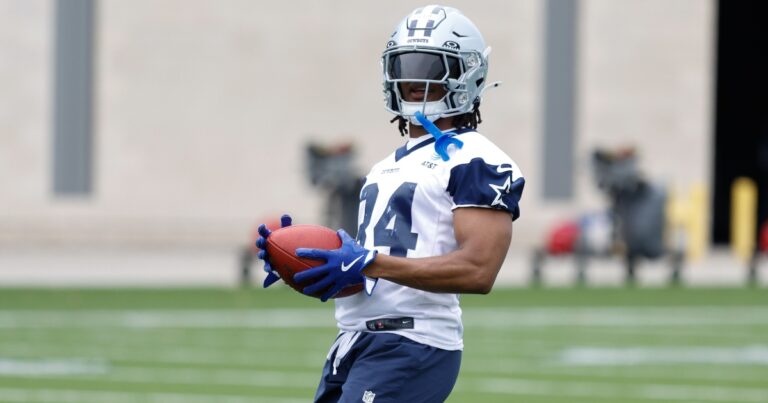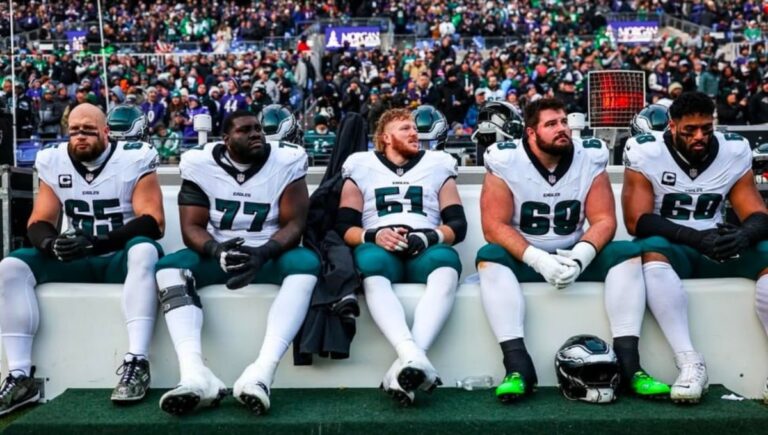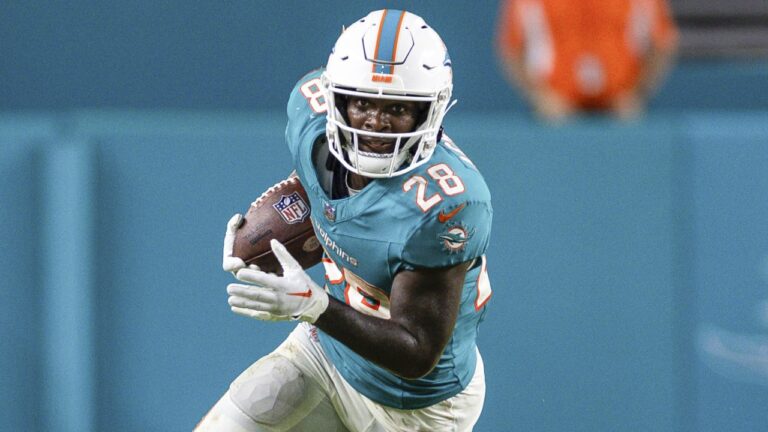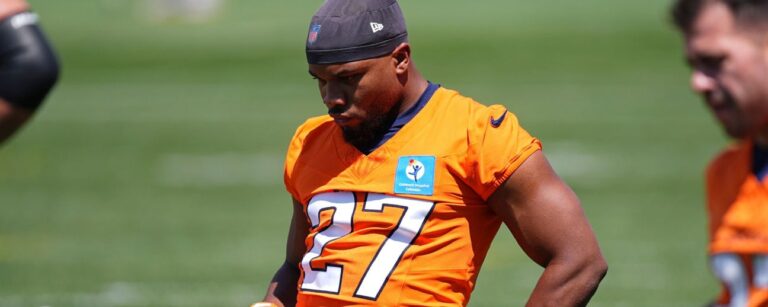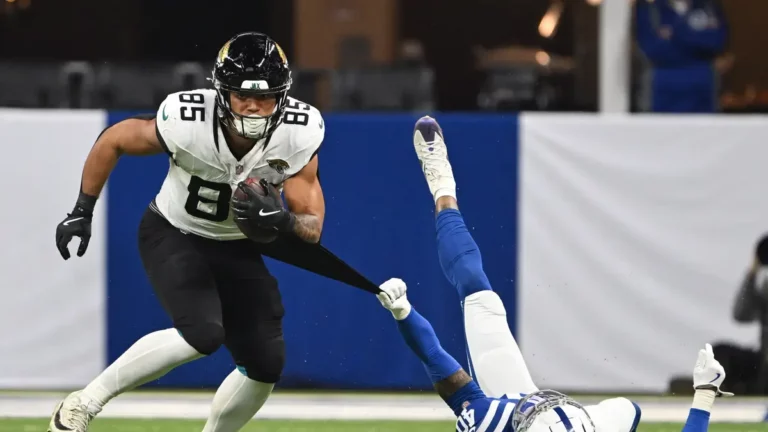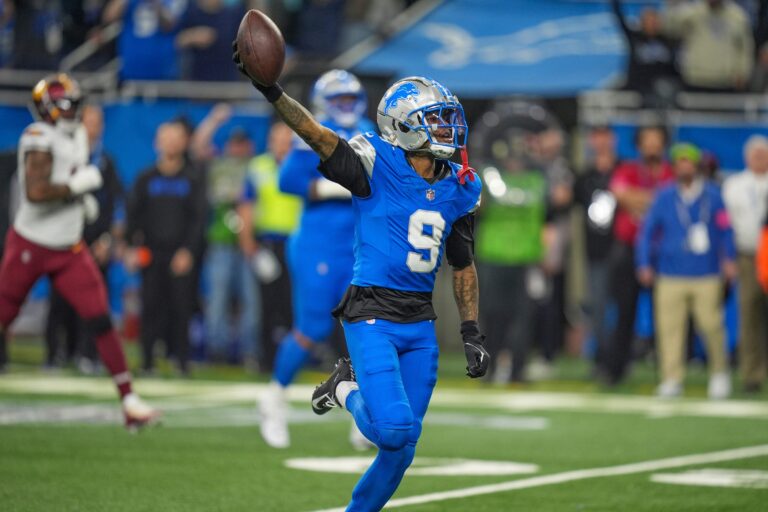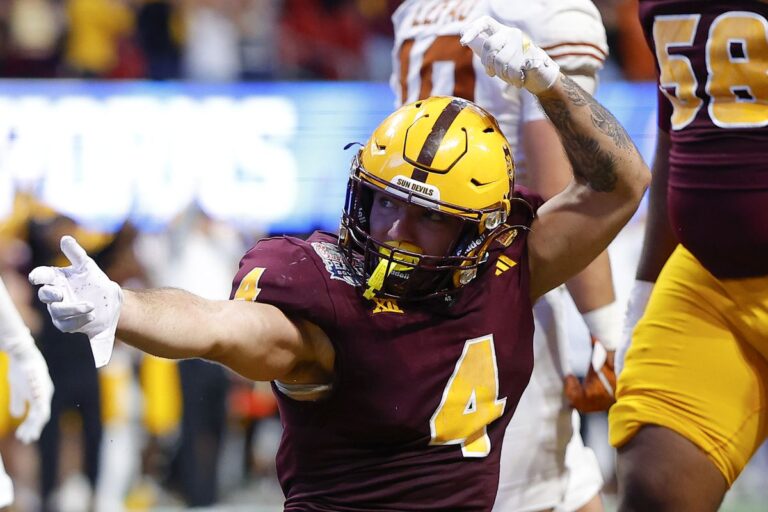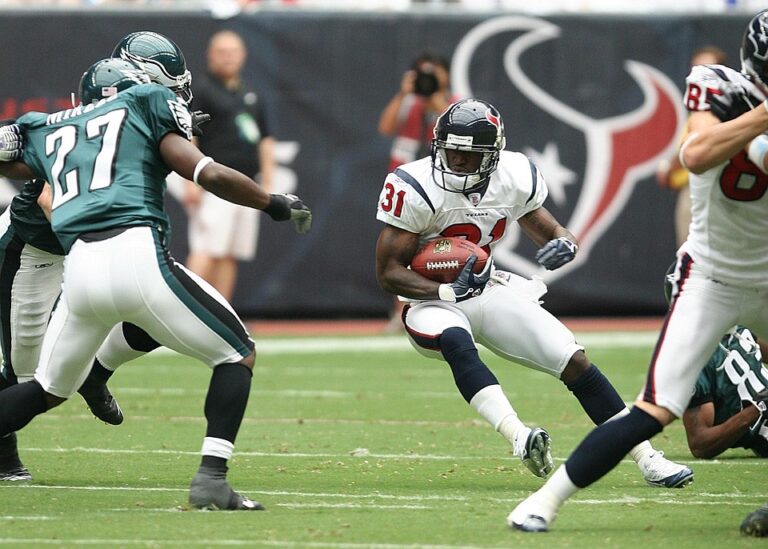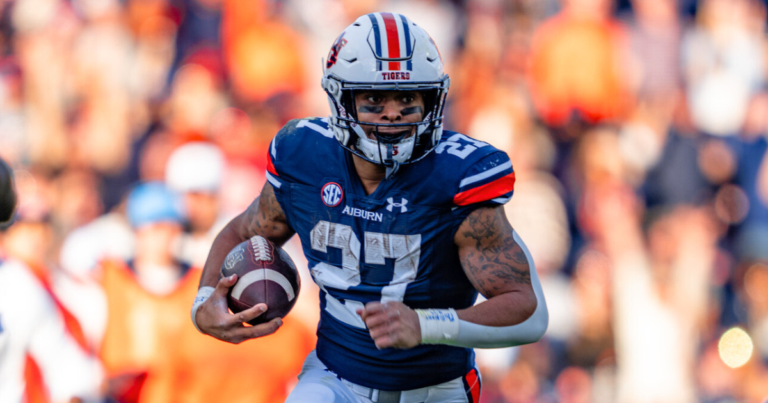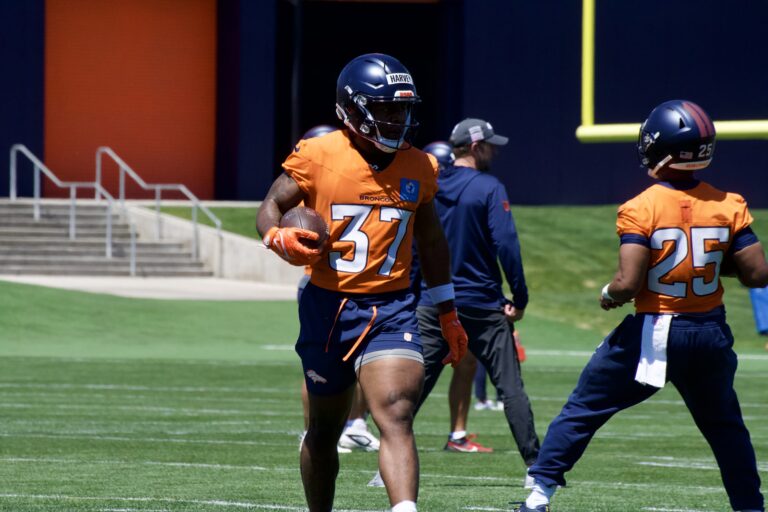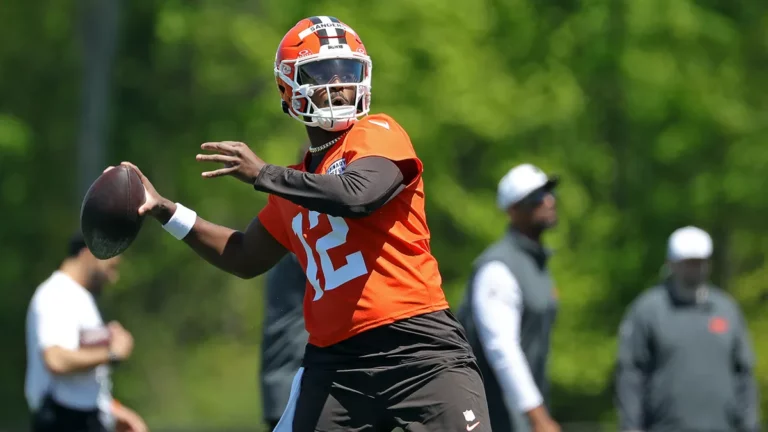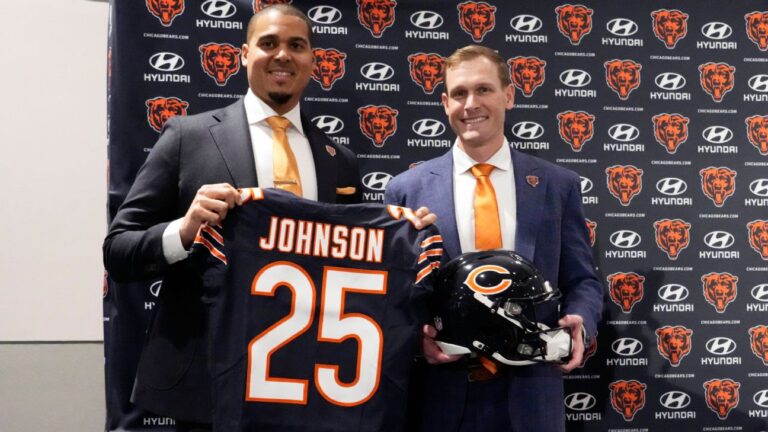Whether you need one final stud to solidify your playoff bye or are on the outside looking in, Week 11 is a great time to make a trade. Find out below what to do with potential trade pieces using my Expected Fantasy Points model!
For a more general overview of my trading strategy, click here.
The Wolf’s Rest of the Season Rankings are a great source to gauge a specific player’s trade value.
If you have any questions or feedback, let me know @RSJ_Jackson on Twitter!
All data in this article uses full PPR scoring. A sample of the data through Week 10 is pictured. The PDF hides the weekly data for Weeks 1-5 to save space, but all data is still factored into the season averages. For the full data, click the links below.
*DOWNLOAD The Expected Fantasy Points Report – Week 10 2020 – PDF*
**DOWNLOAD THE EXCEL VERSION!**
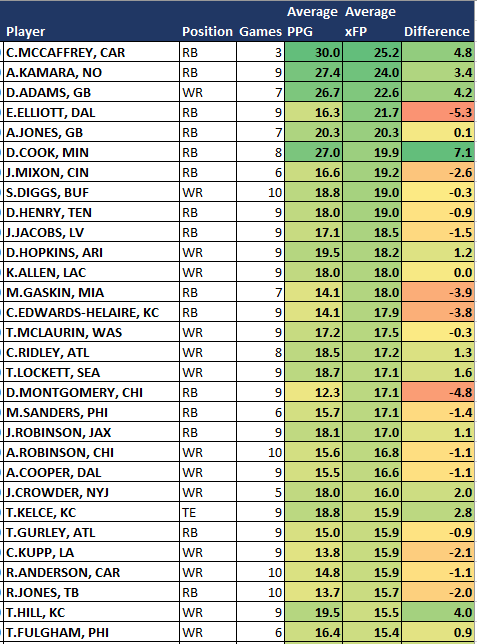
Expected Fantasy Points
I built the model based on a metric called Expected Fantasy Points (xFP). A player’s xFP is calculated based on the value of each target or carry, using historical data attributes that correlate highly with actual fantasy points scored. You can find a more detailed breakdown of how this works here.
Expected Fantasy Points essentially show what an average player would have done with the opportunities seen by any given player. We can then subtract the player’s actual fantasy points scored to arrive at the difference, a key metric.
How to Interpret Expected Fantasy Points
The difference between expected and actual fantasy points comes from two sources:
Talent/Situation
We would expect the most talented players in the NFL to score more fantasy points than their expected fantasy points. That’s pretty obvious since xFP is based on the averages of all players. Also, a given coach or scheme might lead to a sustainable difference in actual over expected points. A carry in Kyle Shanahan’s offense will typically produce more points than a carry in Adam Gase’s offense. A carry behind an elite offensive line would be more valuable than a poor one.
These are all sustainable ways for a player to consistently outperform or underperform their expected points. Because of these differences between players, we should not assume that the difference between expected and actual points will always regress to zero. In other words, don’t blindly buy any player with a negative difference. Don’t sell every player with a positive difference.
Luck
The main reason to use expected fantasy points is to identify players who are experiencing very bad or very good luck. Unlike the previous differences, luck will even out over a long period. We want to buy players who are having bad luck and sell players who are having good luck.
Separating differences that are sustainable from differences due to luck can be tricky. It’s not an exact science. However, most players will score within a few points per game of their expected fantasy points for the season. The players with the largest differences are the ones most likely to be benefitting or suffering from luck.
Trade Targets
During the season, the main purpose of using my Expected Fantasy Points model is to help you win trades. Remember, we want to buy players who are getting unlucky, and sell players who are getting lucky.
Week 11 Buy Low
Derrick Henry
The Wolf wrote about Derrick Henry in his excellent piece on running back playoff schedules, and his xFP numbers are yet another reason to target him. Over the past four games, Henry has only scored 12.8 points per game, underperforming his average xFP of 15.2 over this stretch. That makes sense, considering he faced the Steelers, Bears, and Colts in three of those games, all great defenses.
Fortunately, Henry has arguably the best fantasy playoff schedule of any running back, facing the Jaguars (6th-most points allowed to RBs), Lions (2nd-most), and Packers (most) in Weeks 14-16.
While Henry hasn’t been great recently, his cost will still rightfully be high. Henry is currently the RB7 in xFP per game on the season. Given the playoff schedule and uncertainty of a few guys ahead of him in average xFP (McCaffrey, Elliot, Mixon), it’s no wonder the Wolf has Henry ranked RB3 in his Rest of the Season Rankings. Henry will not be easy to acquire, but I would give up a lot for him if your league’s Henry owner is willing to make a deal.
JD McKissic
JD McKissic led all players in xFP in Week 10. Alex Smith peppered him with 15 targets, and he also got eight carries, including a touchdown run from the 2-yard line.
I wrote about Smith’s low aDOT and love for check-downs last week. While his aDOT in Week 10 increased to 7.1, which is about average, he still clearly loves checking the ball down to McKissic.
Before Week 9, McKissic’s snap share was hovering around 50% each week. He was getting 5.3 targets per game through his first seven games, but you couldn’t feel good starting him. McKissic has now seen 83% and 70% of the snaps in Week 9 and Week 10, respectively, and is averaging 14.5 targets per game in Alex Smith’s two starts. It’s a small sample, but he’s averaging 26.6 xFP per game since Week 9, which would rank first among all players if maintained for the entire season.
His targets and average xFP will almost certainly drop from those two-game averages, but the numbers are incredible. If McKissic maintains his 70+% snap share and his current role the rest of the season, he could easily be a ROS RB1 in PPR. He has an extremely high floor due to his passing game involvement. I would be very surprised if he finishes the rest of the season lower than a high-end RB2 in PPR assuming his role remains the same.
Duke Johnson
Duke Johnson was a fantasy dud with only 5.4 points in Week 10, but if we dig a little deeper, it’s pretty easy to find some positives. Johnson played 95% of the snaps and saw 100% of Texan’s RB carries. He is clearly the bell cow, at least until David Johnson returns.
Duke’s 10.1 xFP in Week 10 is also a bit more encouraging than his actual point total. While 10.1 xFP is nothing special, the Texans had a brutal day as a team offensively. They only scored seven points, and the Cleveland weather was so bad that the start of the game had to be delayed.
Johnson racked up 17.1 xFP in Week 9 on a better day for the whole offense. I expect his average xFP to fall somewhere in between those values as long as he’s the starter, and I’d probably lean more towards the Week 9 performance because of the brutal weather in Cleveland.
Dr. Jesse Morse is concerned about David Johnson being placed on IR so soon after his concussion and believes that sitting out the rest of the season is possible. I wish David Johnson a quick recovery, but I would try to acquire Duke while his value is low.
Week 11 Sell High
DJ Moore
I suggested selling high DJ Moore after he posted 25.3 points in Week 7 despite only 10.9 xFP that week. Moore disappointed again in Weeks 8 and 9, but Week 10 provided another chance to sell. Moore scored 19.6 points in Week 7, topping his xFP of 12.6 by 7.0 points, the fifth-highest margin among receivers in Week 10.
Over the past four weeks, Moore averaged a dismal 10.6 xFP per game. He managed to keep his point totals afloat by scoring three touchdowns despite seeing only one red-zone target over that span, but the volume isn’t there. Moore only has 21 total targets over his last four games.
Robby Anderson and Curtis Samuel continue to eat into Moore’s usage, and predicting which receiver will lead the team any given week is difficult. I would take this opportunity to try to sell Moore.
Marvin Jones
Marvin Jones has returned excellent value for a guy who you might have been able to pick up on the waiver wire, averaging 18.6 points per game over the past three weeks without Kenny Golladay. However, he has only averaged 13.0 xFP over this stretch, which would rank WR34 if extrapolated over the whole season.
On the surface, he has performed like a WR1 since Golladay’s hip injury, but he’s had extremely good touchdown luck. Jones has scored four times over the past three weeks despite seeing only one target inside the 10-yard line. Jones did score nine times in only 13 games last year. He is a red-zone threat, but he won’t be able to sustain this pace.
To make matters worse, quarterback Matthew Stafford is dealing with a thumb ligament injury on his throwing hand. Stafford’s status going forward remains in question as of this writing. Despite his recent production, Jones is more of a WR3 even without Golladay in the lineup. If any of your league mates like to chase recent production, see if you can get a little bit of value for him.
